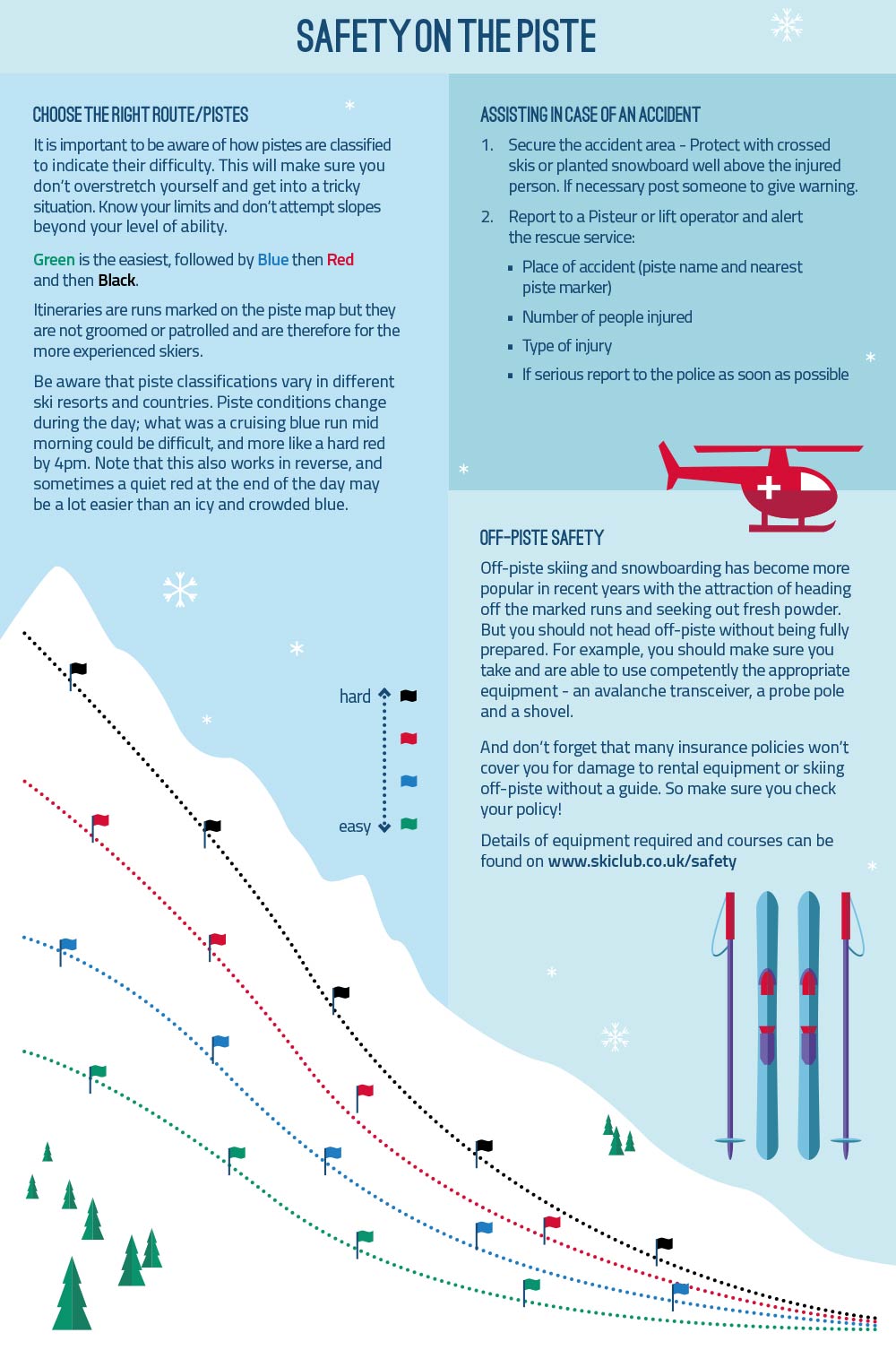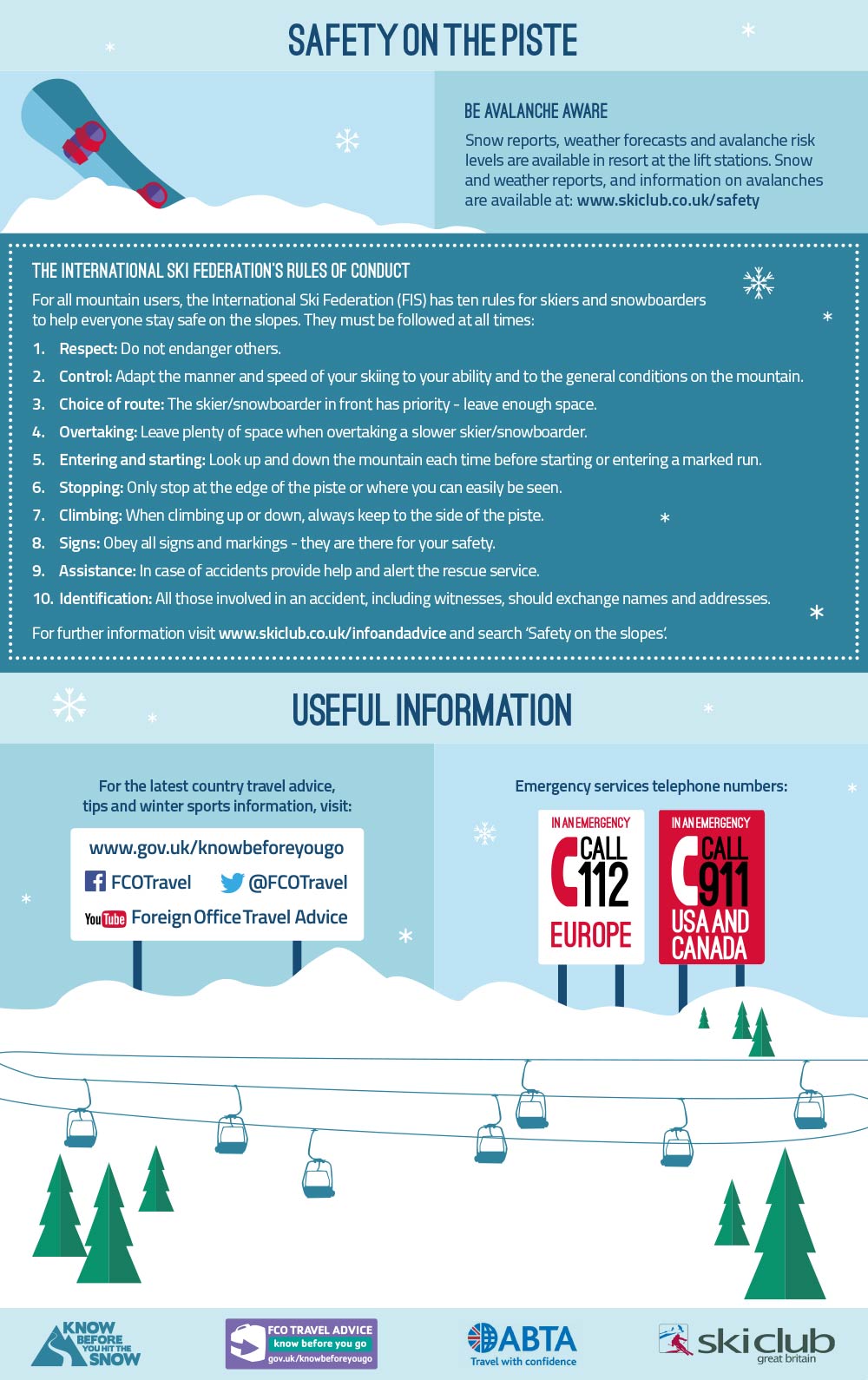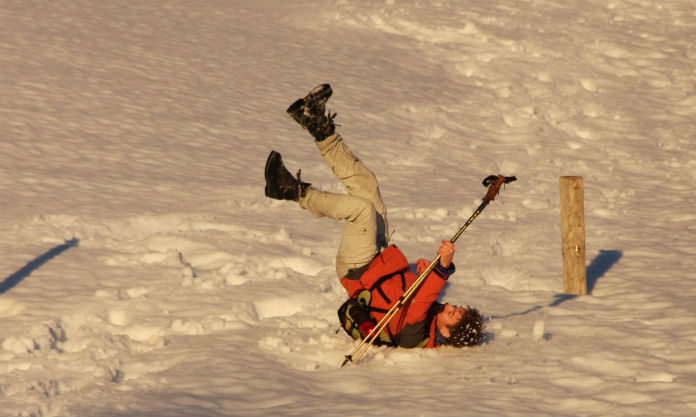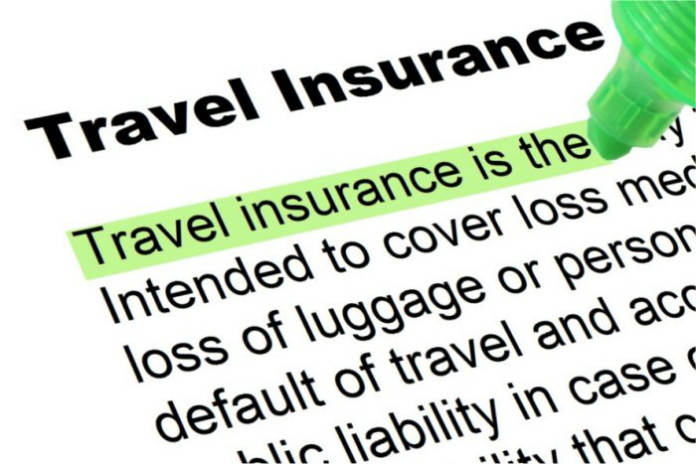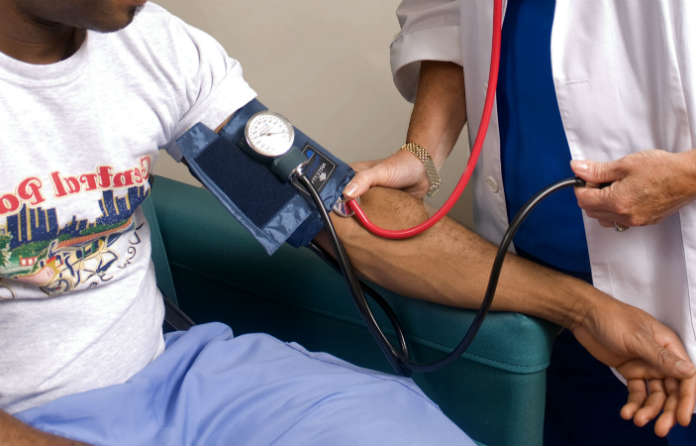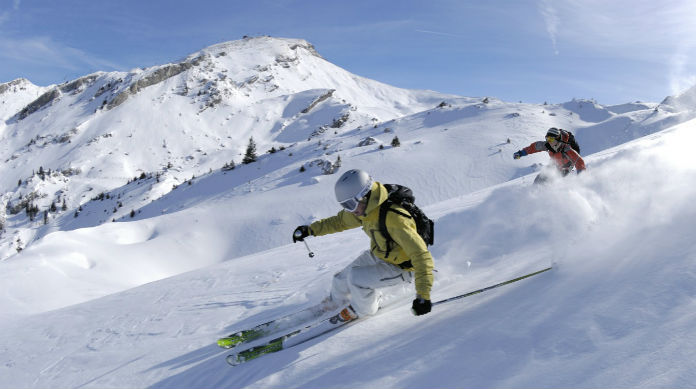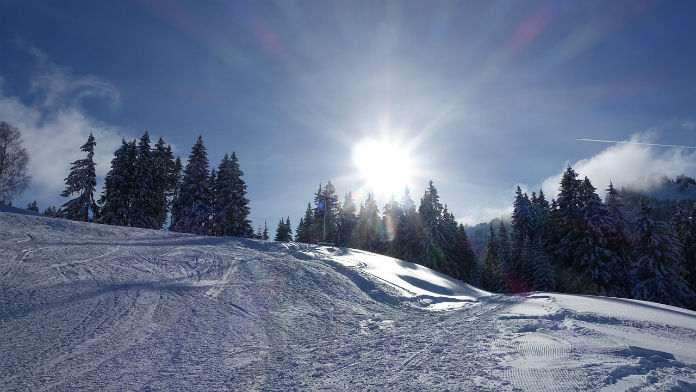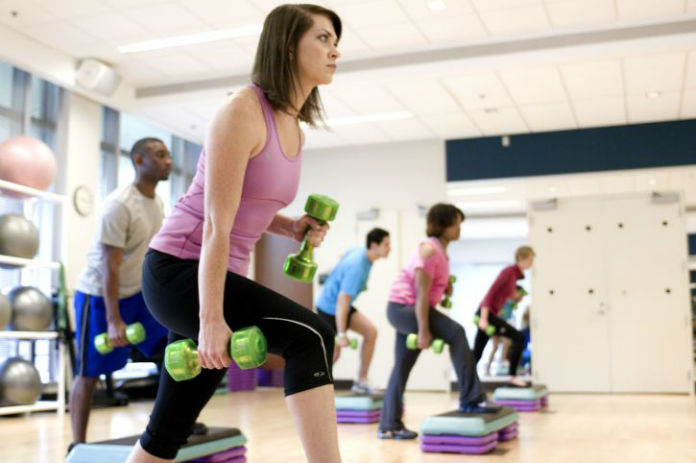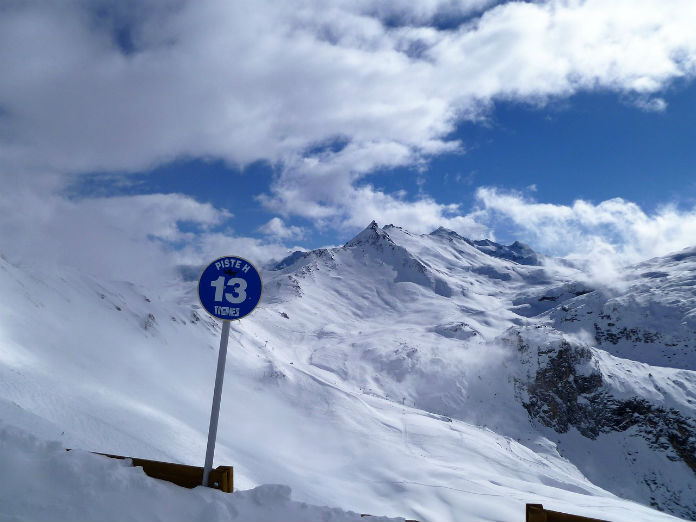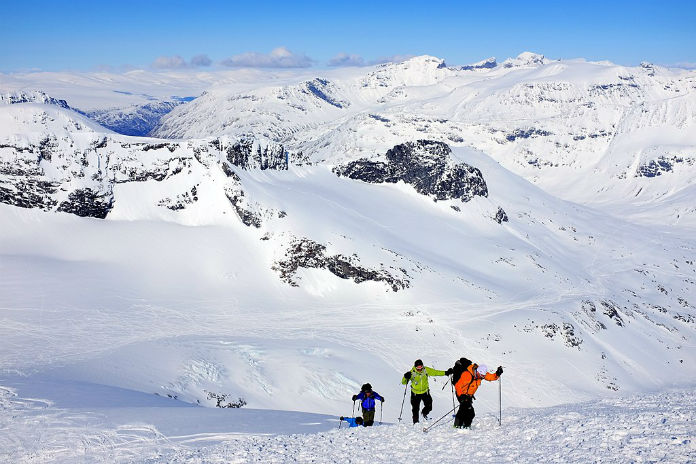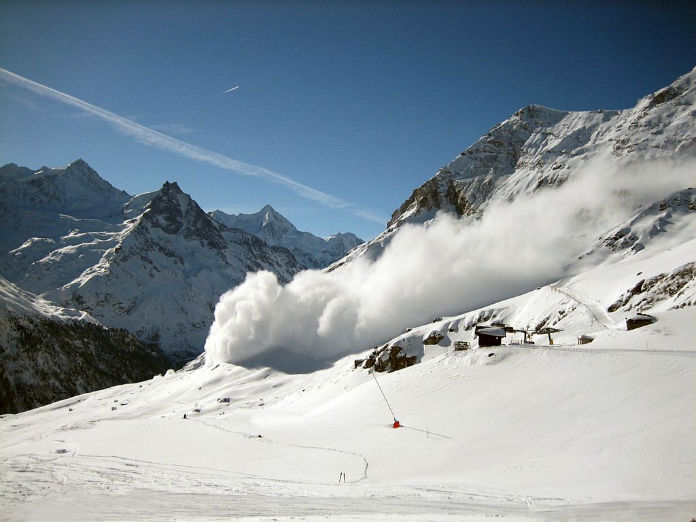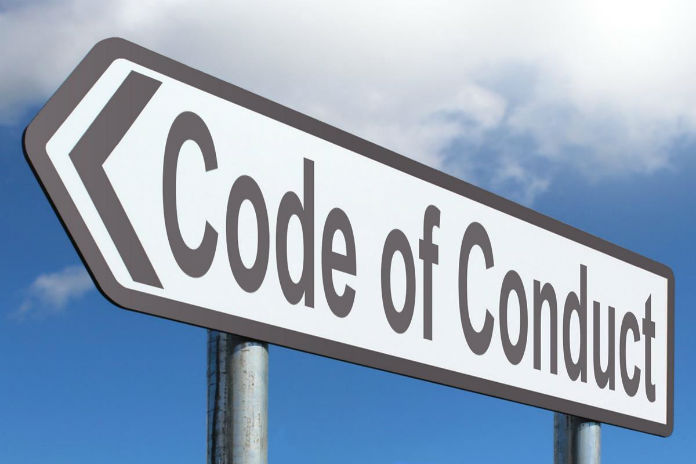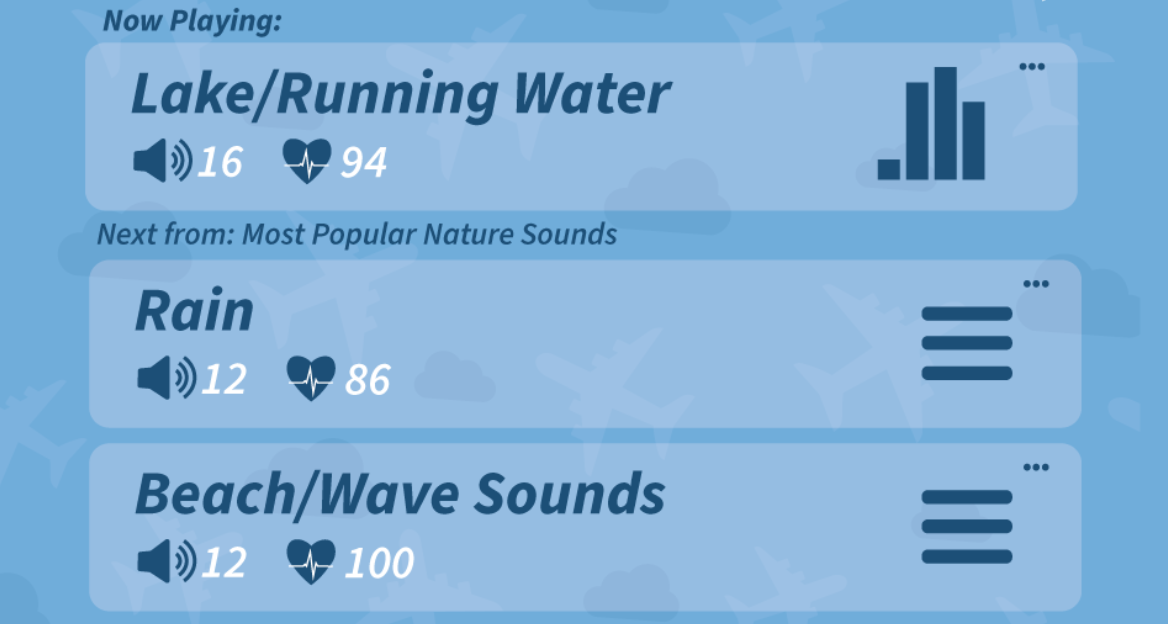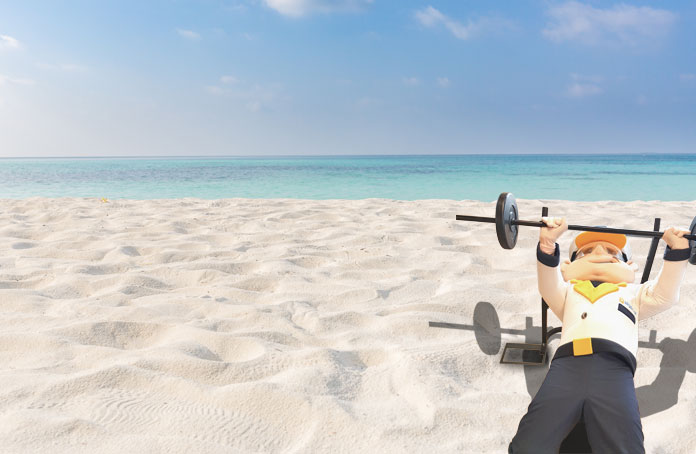Skiing holidays can be exhilarating, full of fun and an all-around great experience, but it’s important to know exactly how to stay safe while you’re out on the slopes.
We’ve picked the best 11 tips from the Government’s Know Before You Go campaign to help keep you safe on your next skiing holiday.
Insurance
Travel Insurance
It sounds obvious, but make sure your insurance covers the activities you want to do. Because as many people have learned the hard way, medical costs and returning to the UK unexpectedly can be very expensive!
Additionally, many policies will not cover damage to rental equipment or skiing off-piste without a guide, and many policies require you to wear a helmet at all times. So it’s worth checking your policy!
Watch ABTA’s Ski Safe video below and visit ABTA Ski Safe for more information about staying safe on the slopes.
European Health Insurance Card (EHIC)
Travelling to the European Economic Area and Switzerland? It’s essential that you take a valid EHIC with you.
If you have an accident or become ill, it will allow you to receive state-provided medical healthcare at a reduced cost, or sometimes free.
Also, check your EHIC is in date. It needs renewing every 5 years, so if it has expired, apply for a new card prior to travel.
Even with an EHIC, you still need to take out travel insurance, as it won’t cover all your medical costs, private treatment or return to the UK. Some insurers now insist that you hold an EHIC, and many will waive the excess if you have one.
However, be warned that we don’t know what will happen with the EHIC once Brexit strikes, so that’s worth bearing in mind if you’re travelling after January 2020.
Health
Know Your Limits
Alcohol affects your resistance and awareness of the cold and also impairs your judgement, coordination and reaction time.
Drinking alcohol at altitude will affect you more quickly and most insurers will not pay out if you injure yourself or others whilst intoxicated.
So know your limits and don’t take the risk!
Use of Helmets
Wearing a helmet is a personal choice, but more and more people are choosing to wear them.
In some resorts, it is a legal requirement for children to wear helmets.
Remember, many insurance policies require you to wear a helmet on the slopes regardless of the local legal requirements.
Goggles and Sun Cream
The sun is much stronger at altitude so appropriate strength sun cream should be worn.
When it comes to eye protection, there are two main options: ski goggles or sunglasses. Which one you opt for is completely up to you, but always ensure your goggles or glasses offer 100% UV protection.
Be at Your Peak
Get fit so you can enjoy your holiday — if you’re not physically prepared you’re more likely to injure yourself! Simple as that.
And even if you are at the top of your game, it’s still vital to warm up and do stretches before and after any activities in order to avoid injury.
Visit Ski Club of Great Britain for more advice on health.
Safety on the Piste
Choose the Right Route/Pistes
It’s important to be aware of how pistes are classified to indicate their difficulty. This will make sure you don’t overstretch yourself and get into a tricky situation. Know your limits and don’t attempt slopes beyond your level of ability.
Green is the easiest, followed by blue, then red and finally black. Itineraries are runs marked on the piste map but they are not groomed or patrolled and are therefore for the more experienced skiers.
Be aware that piste classifications vary in different ski resorts and countries and piste conditions change during the day; what was a cruising blue run mid-morning could be difficult, and more like a hard red by 4pm.
Note that this also works in reverse, and sometimes a quiet red at the end of the day may be a lot easier than an icy and crowded blue.
Assisting in Case of an Accident
Secure the accident area — protect with crossed skis or a planted snowboard well above the injured person. If necessary post someone to give warning.
Report to an official and alert the rescue service with the following information:
- Place of the accident (piste name and nearest piste marker)
- Number of people injured
- Type of injury
- And if serious, report to the police as soon as possible
Off-Piste Safety
Off-piste skiing and snowboarding have become more popular in recent years, with the attraction of heading off the marked runs and seeking out fresh powder.
But you should not head off-piste without being fully prepared. For example, you should make sure you take and are able to competently use the appropriate equipment — an avalanche transceiver, a probe pole and a shovel.
And don’t forget that many insurance policies won’t cover you for damage to rental equipment or skiing off-piste without a guide. So make sure you check your policy!
Be Avalanche Aware
Snow reports, weather forecasts and avalanche risk levels are available in the resort and at the lift stations.
Snow and weather reports, and information on avalanches are available at www.skiclub.co.uk/safety.
Code of Conduct
For all mountain users, the International Ski Federation (FIS) has ten rules for skiers and snowboarders to help everyone stay safe on the slopes. They must be followed at all times.
Visit Ski Club of Great Britain for more advice on safety.
Safety on the Piste Infographic
We’ve included this handy infographic to help you remain safe on your skiing holiday. If you’re like more information, visit www.gov.uk/guidance/winter-sports-stay-safe-on-the-slopes.
